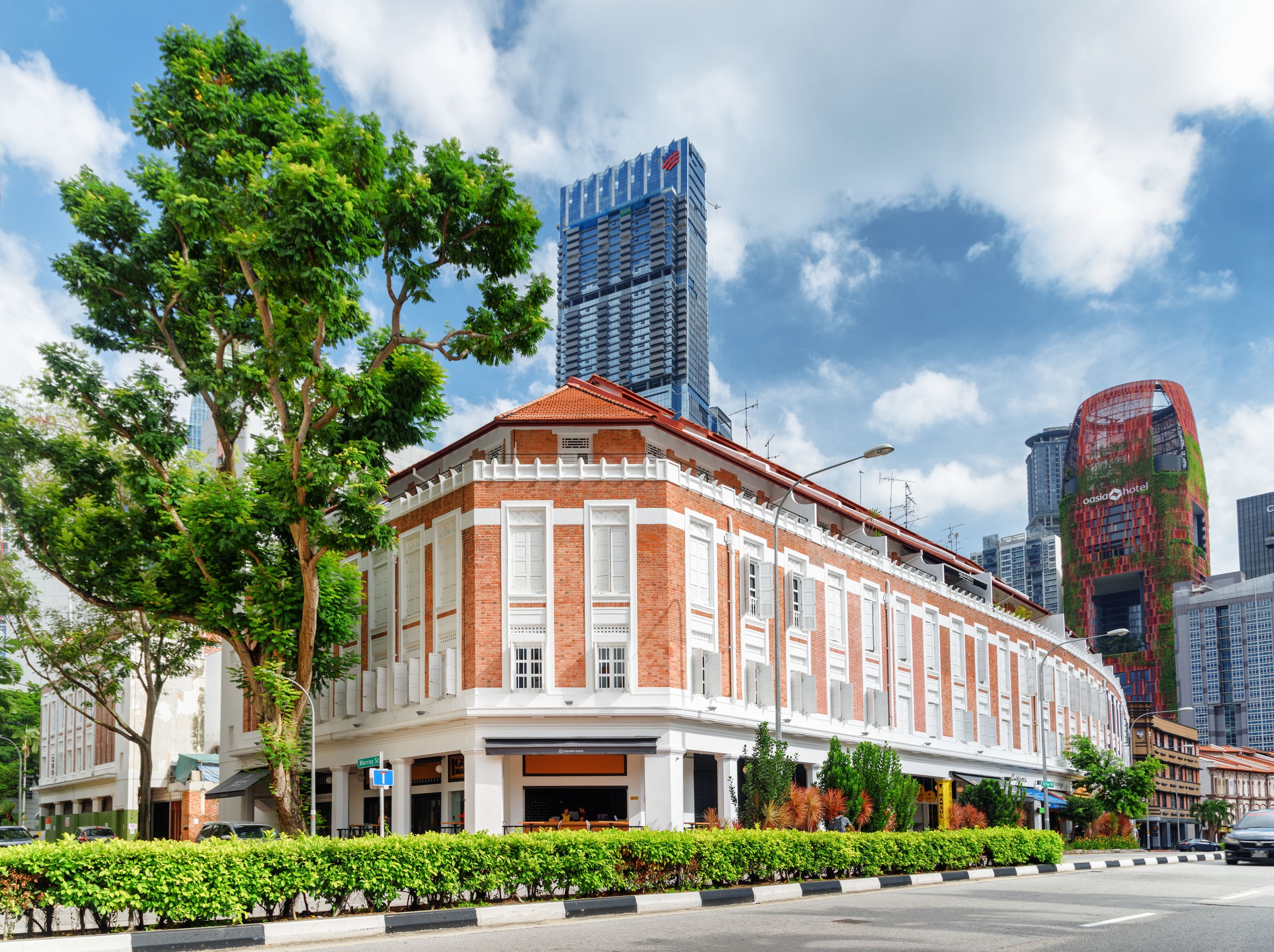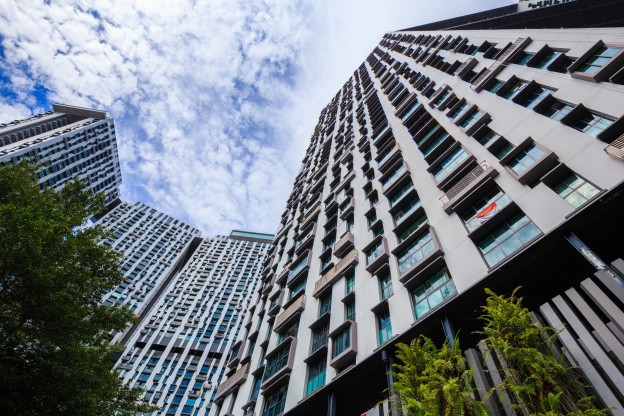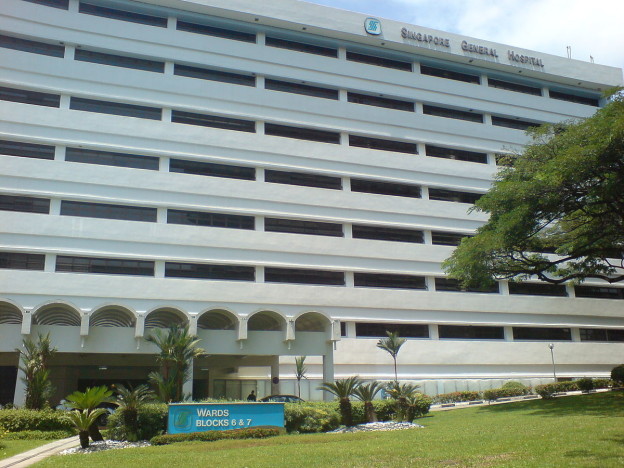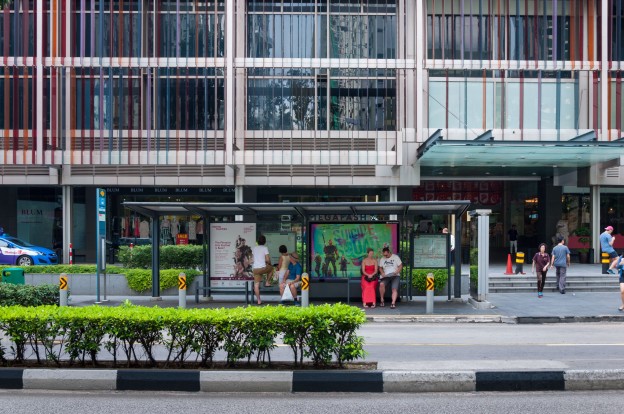Like the other districts, the Tanjong Pagar Master Plan tells a story of what came before and what’s to be expected.

Often known as the second CBD, the boring sister to the more glamorous Raffles Place and Marina Bay, it gained this reputation because of its’ older office buildings housing smaller companies and government bodies.
In recent years, that impression has changed. New skyscrapers, award-wining hawkers and trendy restaurants began to positively shift its reputation.
In fact, Raffles Place and Marina Bay might want to watch their backs because Tanjong Pagar will soon undergo a transformation that may turn her into the belle of the ball.
History of Tanjong Pagar
Tanjong Pagar is located in the central region of Singapore. Raffles Place, Marina Bay, Chinatown and Outram Park are her neighbours.
Tanjong Pagar means cape of stakes and reflects its humble beginnings as a fishing village. According to local legend, the village was often attacked by shoals of swordfish. A clever young boy advised the village chief to build a barricade of banana stems along the coast, which successfully trapped the swordfishes by their snouts as they leaped up from the sea.
By the mid-19th century, Tanjong Pagar was no longer a sleepy fishing village. Its location between the docks and downtown made it home to thousands of Chinese and Indian dock workers. The heavy traffic between the docks and downtown also made it a lucrative area for rickshaw pullers looking for customers.
However, the numerous impoverished workers living in Tanjong Pagar soon led to overcrowding, pollution and social problems such as opium smoking and prostitution. By the Second World War, Tanjong Pagar had deteriorated into an inner city slum.
Fortunately for Tanjong Pagar, it became the first area in Singapore to be gazetted under the government’s conservation plan in the mid-1980s. Under the conservation plan, many of the dilapidated shophouses were restored to their former glory. Instead of opium dens or brothels, the shophouses are now home to hip restaurants and innovative start-ups.
What’s in Tanjong Pagar
Tanjong Pagar is truly a place where one can work, eat and live.
Today, Tanjong Pager is home to all kinds of businesses from government bodies and MNCs in tall office towers to tiny start-ups in one of the many restored shophouses. Tanjong Pagar can even boast of having the tallest building in Singapore. At 290m tall, Guoco Tower beats the record of 280m, long held by UOB Plaza, One Raffles Place and Republic Plaza!
There is no lack of good food in Tanjong Pagar. The hordes of hungry office workers during lunch time at Maxwell Market and Amoy Street Food Centre is proof that both places dish up affordable and delicious food. In fact, Maxwell Market and Amoy Street Food Centre together account for six of the Top 50 Bib Gourmand eateries for 2018.
Residents of Tanjong Pagar are certainly living the high life. At 50 storeys high, the seven residential towers in Pinnacle@Duxton are collectively the world’s tallest public housing. The project also has large sky gardens on the 26th and 50th floors. The award-winning development has been featured in numerous local and foreign documentaries.
Being in the central part of Singapore, travelling from Tanjong Pagar to the rest of the island is a breeze. Just hop onto the East-West Line at Tanjong Pagar MRT station and in less than five minutes arrive at Raffles Place MRT station where you can change trains to get on the North-South Line. Alternatively, you can get onto the Downtown line via Telok Ayer MRT station.
Looking for a property in Tanjong Pagar? Find an agent to take the hassle out of your home search.
Tanjong Pagar in 10 years
Transformation is nothing new to Tanjong Pagar. From a humble fishing village, it became home to Chinese and Indian dock workers before deteriorating to slums. Now it is home to skyscrapers and million-dollar public housing. However, Tanjong Pagar is not done transforming and its next transformation may be its most exciting!
The planned relocation of the City Terminals and Pasir Panjang Terminal to Tuas will free up about 1,000-ha of waterfront land in Tanjong Pagar by 2030. This large tract of prime land is collectively known as the Greater Southern Waterfront. Undeveloped prime land of such massive size is unprecedented in modern Singapore and it presents an opportunity to the government to build an astonishing masterpiece showcasing the best of Singapore.
The government has shared some ideas on what is ahead. Under the URA Masterplan 2014, the government intends to create a number of waterfront districts; each with its own distinctive identity and characteristics. New residential and commercial developments with cultural, leisure and entertainment offerings are also on the cards.
Singapore’s reputation as a garden city will be well-represented in the Greater Southern Waterfront. There will be a 30-km long waterfront corridor that links up the existing green spaces in Labrador, Harbourfront and The Central Linear Park in Marina Bay to the new parks created. It could be extended to Pulau Brani’s existing hillrock to create a new green continuous corridor that links Gardens by the Bay to the island-wide green network.
A new reservoir may also be created between Tanjong Pagar and Pulau Brani to retain water in the Greater Southern Waterfront and also store excess water from the Marina Reservoir. A network of canals may also be created from these waterways. Cafes and shops will line the canals.
Get the Guru View
If one has to use a word to describe today’s Tanjong Pagar, it will be eclectic.
The area is an interesting mix of old and new. There are numerous beautifully restored shophouses standing tall and proud among new and shiny skyscrapers.
Tanjong Pagar is also a unique blend of serious and fun. Many government bodies and government-linked companies have their offices in Tanjong Pagar, but the area also has numerous eateries, Korean pubs and trendy lifestyle stores.
Transformation may soon be the word to describe Tanjong Pagar. Exciting plans are afoot. The upcoming Greater Southern Waterfront will breathe new life to the area. Although the changes are likely to kick off after 2030, Tanjong Pagar is definitely the area to watch.



